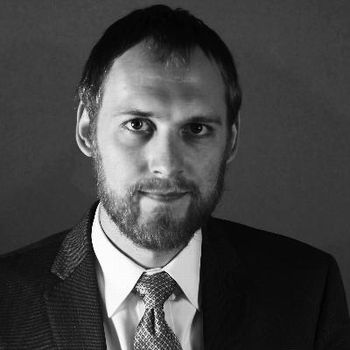FIRE releases list of schools with restrictive speech policies
A recent report claims that many American colleges and universities maintain “severely restrictive” policies limiting freedom of speech on campus.
The 2015 edition of “Spotlight on Speech Codes,” published annually since 2009 by the Foundation for Individual Rights in Education (FIRE), gives a “red light” label to just over 55 percent of the 437 schools surveyed, indicating that those schools have “at least one policy that both clearly and substantially restricts freedom of speech, or that bars public access to its speech-related policies by requiring a university login and password for access.”
To qualify as a “red light” restriction on free speech, a policy must be both “clear,” meaning its consequences do not depend on how it is applied or enforced, as well as “broadly applicable to campus expression.”
FIRE offers blanket bans on “offensive speech” as an example of a red light policy, since such bans are both relatively unambiguous and limit speech that would be protected under the First Amendment in another context.
Universities that restrict access to speech-related policies also automatically receive the red light designation, because doing so “denies prospective students and their parents the ability to weigh this crucial information prior to matriculation.” Only three universities have fallen into that category since FIRE began including it, and Connecticut College was the only institution to meet the criterion this year.
A slightly less serious designation is the “yellow light,” which was given to 39 percent of the schools surveyed. Yellow lights are used to designate institutions that impose policies that, while restrictive of free speech and typically unconstitutional, only apply to narrow categories of speech or are relatively limited in scope.
Examples of yellow light violations are policies against “verbal abuse,” since the term could apply either to protected speech or to genuine harassment, and prohibitions against promoting alcohol consumption, which has a fairly narrow scope.
The highest score a school can receive is a “green light,” which denotes that its written policies do not pose a serious threat to free speech, though the rating makes no commentary on a green light school’s institutional commitment to advancing the cause of free expression.
Only four percent of the schools that FIRE surveyed received a Green Light in this year’s report, though that figure represents an improvement over 2009, when just two percent received a green light.
Similarly, 2015 also marks the seventh consecutive year that the percentage of Red Light schools has declined. This year, 55 percent of schools received a red light, compared with 58.6 percent in 2014 and 75 percent in 2009.
Public schools, which unlike their private counterparts are obliged to adhere to the First Amendment, have also made dramatic strides, with 54 percent receiving red lights this year, against 79 percent seven years ago.
Together, those trends necessarily mean that the percentage of yellow light schools has increased over the same period, though FIRE describes the ongoing shift as “encouraging” because it indicates a general movement toward less-restrictive speech policies.
Nonetheless, FIRE asserts that, “[s]ince public colleges and universities are legally bound to protect their students’ First Amendment rights, any [red/yellow light] percentage above zero is unacceptable, so much work remains to be done.”
In particular, the organization identifies federal guidelines as having a major “negative effect on campus free speech rights.” The group claims, for instance, that a May 2013 “blueprint” released jointly by the U.S. Departments of Education and Justice has prompted a number of colleges and universities to adopt unnecessarily restrictive sexual harassment policies, even though the document’s recommendations are non-binding.
FIRE also provides data for the 27 states in which five or more universities were surveyed, and finds large variations in their scores.
Missouri, Washington, and Louisiana topped the list of most restrictive states, with 85 percent, 80 percent, and 78 percent of schools, respectively, receiving red lights. Conversely, the percentage of red light schools in Indiana (25 percent), Virginia (31 percent), and North Carolina (37 percent) were all well below the national average.
Going forward, the organization is optimistic that a two-tiered approach can spur continued expansion of free speech rights on college campuses.
The first element involves popular pressure, which could arise through student advocacy or simple public exposure, “since universities are often unwilling to defend their speech codes in the face of public criticism.”
Simultaneously, FIRE also supports challenging speech restrictions in court, noting that the Supreme Court has upheld the First Amendment’s applicability at public colleges and universities with narrow exceptions for inciting immediate violence, “fighting words,” harassment, true threats and intimidation, obscenity, and defamation.
The organization recently launched its “ Stand Up For Speech Litigation Project,” which puts its litigious recommendations into practice through targeted lawsuits that “[impose] a real cost on for violating First Amendment rights.”
Follow the author of this article on Twitter: @FrickePete

